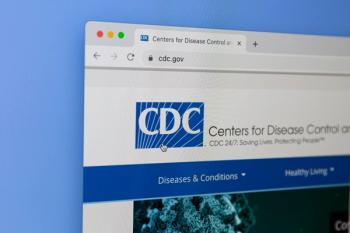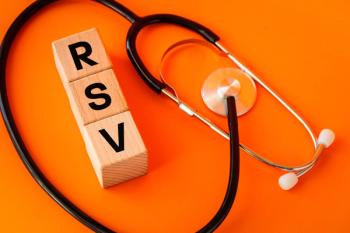
Breast Cancer Rates Vary Substantially in the US, Japan
Rising breast cancer rates in Japan highlights the need for clinical trials that include this population.
Both genetics and lifestyle significantly influence the risk of cancer. While individuals can modify their lifestyle, culture and environment can hinder some progress in reducing lifestyle-related cancer risks.
These factors may explain why American women are up to 5 times more likely to be diagnosed with breast cancer, according to an article published by Rosewell Park Cancer Institute.
“In general, 1 out of 8 women in the US will be diagnosed with breast cancer in their lifetime,” said Kazuki Takabe, MD, clinical chief of Breast Surgery at Roswell Park Cancer Institute. “In Japan, that is 1 out of every 38, but it was even less a decade ago.”
American women generally consume more
These lifestyle factors have been known to cause a significant gap in breast cancer rates between the 2 countries; however, the rate of breast cancer has been increasing in Japan. This change has been speculated to be the result of Western influence, according to Rosewell Park.
“The fact is that 3 or 4 decades ago, there was less breast cancer in Japan, so there must be some environmental changes that are causing this,” Dr Takabe said. “It's been said that the Western lifestyle and diet contribute to this high incidence rate. In Japan, as the younger generations are adopting the American culture, diet and habits, the breast cancer rate is increasing.”
Additionally, genetics have a significant impact on breast cancer risk among the 2 populations.
Triple-negative breast cancer is the most common subtype diagnosed in Japanese women, according to Dr Takabe. This subtype is known to be aggressive and difficult to treat, which poses additional challenges to healthcare providers.
As breast cancer rates continue to increase in Japan, collaboration between oncologists in both countries may prove important to advancing treatment options, according to the article.
“The United States population is made up of multiple races, and when we’re trying to develop a new drug, we do clinical trials to make sure that it actually works,” Dr Takabe said. “Clinical trials in the US are proportional to the general public, so there will be many white people, but Asian Americans account for less than 10%, so when we see the results, Asian Americans are less represented and may respond differently to the treatment than the general public. This is why conducting clinical trials in Asian countries with their population is very important.”
The article highlights the need for more clinical trials for oncology drugs in Japanese patients as breast cancer incidence increases.
“Currently there are fewer clinical trials carried out in Japan, so we are trying to get Japanese institutions involved in US clinical trials and facilitate more clinical trials in Japan,” Dr Takabe said.
Newsletter
Stay informed on drug updates, treatment guidelines, and pharmacy practice trends—subscribe to Pharmacy Times for weekly clinical insights.














































































































































































































